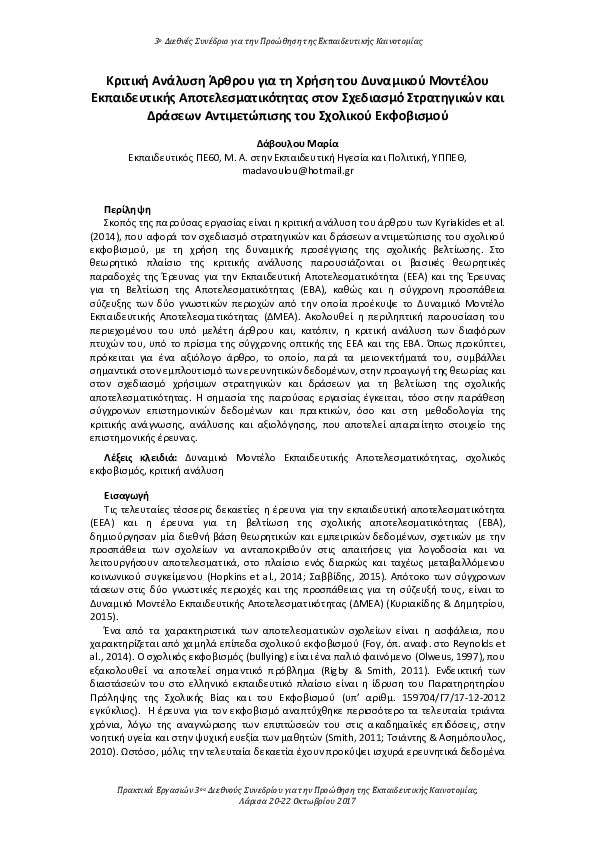The Trump Presidency And Aerospace: A Review Of Key Agreements And Outcomes

Table of Contents
Space Exploration Under the Trump Administration
The Trump administration's approach to space exploration revitalized NASA's ambitions and emphasized a renewed focus on human spaceflight beyond low Earth orbit. This shift is arguably one of the most significant legacies of the Trump Presidency in Aerospace.
Focus on the Moon and Mars:
- Re-establishment of NASA's focus on human spaceflight beyond low Earth orbit: The Artemis program, a cornerstone of this policy, aimed to return humans to the Moon, paving the way for future missions to Mars. This represented a clear departure from the previous administration's emphasis on the International Space Station.
- Emphasis on private sector partnerships for lunar and Martian missions: The administration actively encouraged partnerships with private aerospace companies like SpaceX and Blue Origin, fostering competition and innovation in the space launch services market. This strategy aimed to reduce government costs and accelerate technological advancements. This increased reliance on private industry significantly shaped the Trump Presidency's Aerospace policies.
- Increased funding requests for space exploration initiatives: While not always fully approved by Congress, the administration consistently requested increased funding for NASA's space exploration programs, signaling a commitment to ambitious goals beyond Earth's orbit. Budgetary considerations, however, remained a crucial factor influencing the implementation of these ambitious plans.
Commercial Space Launch Initiatives:
The Trump administration actively supported the burgeoning commercial space launch industry, viewing it as crucial for both national security and economic growth.
- Support for SpaceX and other commercial launch providers: The administration's policies facilitated the growth of companies like SpaceX, enabling them to compete with established government contractors in launching satellites and cargo into space.
- Reduction of regulatory hurdles for commercial space activities: Efforts were made to streamline the regulatory process for commercial space operations, promoting a more efficient and competitive marketplace. This led to increased private investment and innovation within the aerospace sector.
- Discussions on the privatization of certain aspects of space operations: The administration explored the potential for greater privatization of certain space-related activities, aiming to leverage private sector efficiency and innovation. This debate sparked significant discussion about the optimal balance between public and private roles in space exploration.
Defense Spending and Aerospace Contracts
The Trump administration's significant increase in defense spending had a profound impact on the aerospace industry, particularly on defense contractors.
Increased Military Budgets:
- Impact on aerospace defense contractors (Lockheed Martin, Boeing, Northrop Grumman): The increased budgets led to substantial contracts for these major aerospace and defense companies, boosting their revenues and driving innovation in military aerospace technologies.
- Increased funding for advanced weapons systems and space-based defense technologies: The administration prioritized the development of advanced weapons systems, including hypersonic weapons and improved space-based surveillance capabilities. This spurred investment in research and development across the aerospace industry.
- Focus on modernization of the military's aerospace capabilities: Modernizing the aging fleet of military aircraft and developing new technologies formed a crucial part of the administration's defense strategy. This fueled demand for advanced aerospace materials and engineering solutions.
Negotiations and Contracts with Foreign Aerospace Firms:
International relations and trade played a significant role in shaping the administration's approach to aerospace.
- Discussions regarding trade relationships and technological collaborations: The administration engaged in negotiations with various countries regarding aerospace trade and technology collaborations, aiming to protect US interests while fostering international cooperation.
- Emphasis on protecting U.S. aerospace interests in international collaborations: Concerns about intellectual property theft and unfair competition led to a focus on protecting American companies' interests in international partnerships. This resulted in tighter scrutiny of foreign investments in the US aerospace industry.
- Potential impacts of trade disputes on aerospace supply chains: Trade disputes with certain countries impacted global aerospace supply chains, creating challenges for manufacturers relying on international partnerships. This highlighted the interconnectedness of the global aerospace industry.
Regulatory Changes and their Impact
Regulatory changes under the Trump administration affected various aspects of the aerospace industry.
Environmental Regulations and Aerospace:
The administration's stance on environmental regulations significantly impacted the industry's efforts towards sustainability.
- Review and potential rollback of certain environmental regulations: The administration reviewed and, in some cases, rolled back environmental regulations, affecting the industry's efforts to reduce emissions from aircraft and space launches.
- Impact on the development and adoption of sustainable aviation technologies: The changes in regulations influenced the pace of development and adoption of more environmentally friendly aviation technologies.
- Debate surrounding the environmental impact of space launches: Increasing space launches raised concerns about the environmental impact of rocket emissions, leading to discussions on mitigating these effects.
Changes to Aviation Regulations:
The administration also pursued changes within the existing aviation regulatory framework.
- Potential impacts on air travel safety and efficiency: Proposed changes to aviation regulations sparked debates about their potential impact on air travel safety and efficiency.
- Reforms within the Federal Aviation Administration (FAA): The administration sought reforms within the FAA to improve efficiency and streamline processes.
- Impact on airline operations and air travel costs: The regulatory changes had a direct impact on airline operations and could influence air travel costs for consumers.
Conclusion
The Trump presidency's impact on the aerospace sector was multifaceted, leaving a complex legacy of achievements and challenges. The administration's commitment to increased defense spending and ambitious space exploration goals, such as the Artemis program, spurred technological innovation and job growth. However, its approach to international relations and environmental regulations created both opportunities and potential setbacks for the industry. Understanding the complexities of Trump Presidency Aerospace policies is vital for navigating the future of this crucial sector. To further your understanding of this complex relationship, explore additional resources and research on the Trump Presidency Aerospace policies and their lasting effects. Further investigation into the long-term implications of these policies is crucial for informed decision-making within the aerospace industry.

Featured Posts
-
 Russia Intensifies War Record Breaking Drone Assault On Ukraine
May 19, 2025
Russia Intensifies War Record Breaking Drone Assault On Ukraine
May 19, 2025 -
 Ufc 313 Live Results Pereira Vs Ankalaev Gaethjes Return
May 19, 2025
Ufc 313 Live Results Pereira Vs Ankalaev Gaethjes Return
May 19, 2025 -
 Syntrivi Enatenisis Odigos Gia Tin Katanoisi Kai Tin Antimetopisi
May 19, 2025
Syntrivi Enatenisis Odigos Gia Tin Katanoisi Kai Tin Antimetopisi
May 19, 2025 -
 Understanding The 1 70 First Class Stamp Price Increase
May 19, 2025
Understanding The 1 70 First Class Stamp Price Increase
May 19, 2025 -
 Breitbarts Definitive Guide Eurovision 2025 Winners And Losers
May 19, 2025
Breitbarts Definitive Guide Eurovision 2025 Winners And Losers
May 19, 2025
